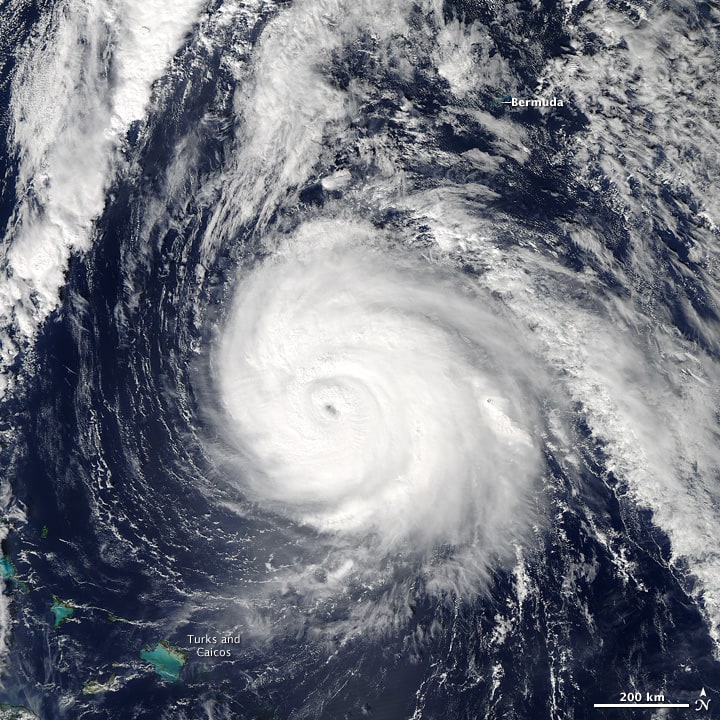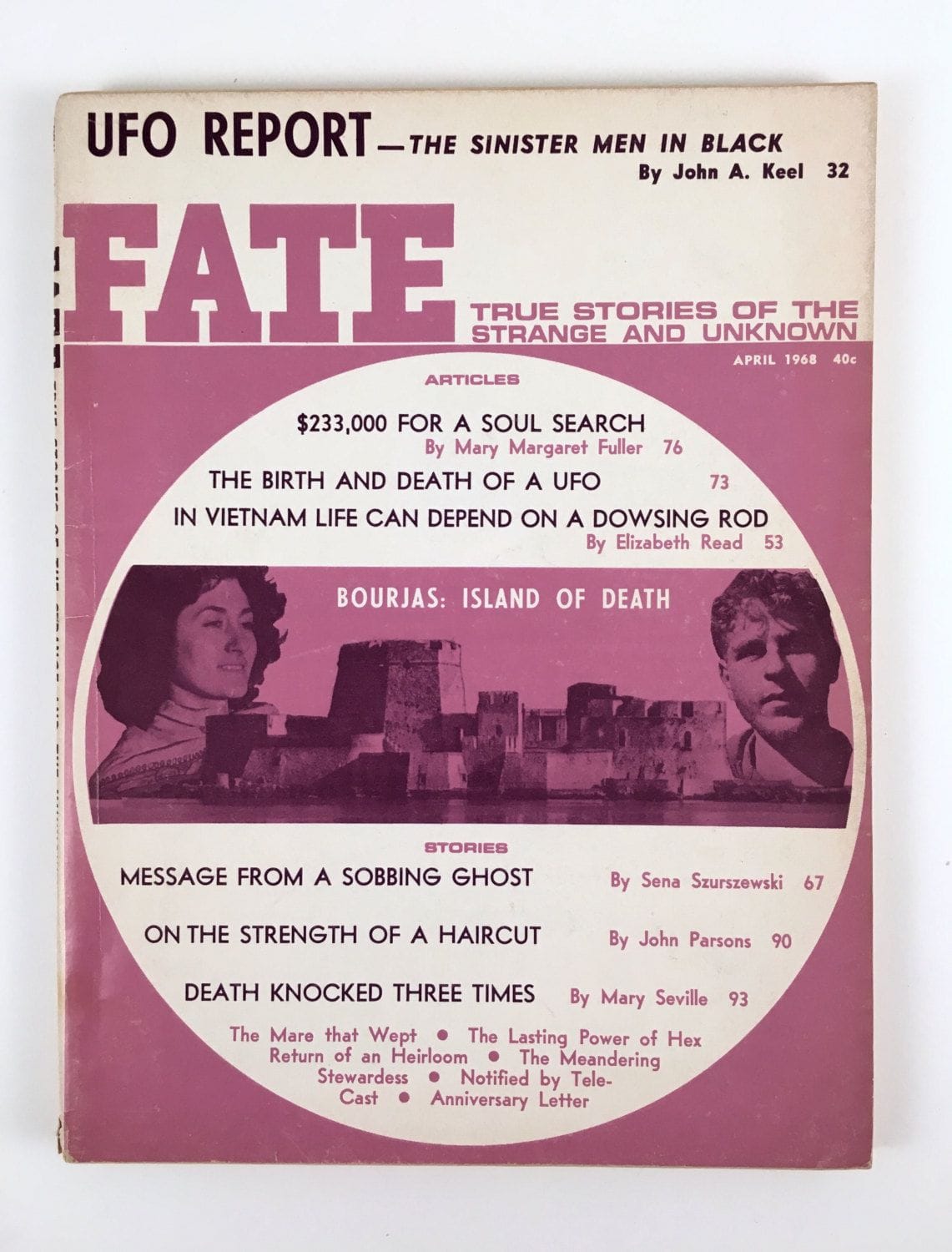The mythical region of the Atlantic and Caribbean known as the Bermuda Triangle was born out of newspaper articles in the early 1950s. It was first postulated in an Associated Press article published in the Miami Herald. The writer of the piece, Edward Van Winkle Jones, described several ships and aircraft which had gone missing in the waters off the east coast of Florida and around the Bahamas. He described a region where ships, aircraft, and the people they carried were, “…swallowed up just as ships were swallowed in the old sailing days”. Jones hinted paranormal activities in the region were at play, though he did not name them. Nor did he give a name to the region, or specify its boundaries. It came for later writers to take up the theme and give the region its ominous reputation, as well as its name.

ADVERTISEMENT - CONTINUE READING BELOW
Several writers took up the theme of supernatural activity controlling the fates of ships and airplanes which entered the area. By the early 1960s the region was defined as a triangle. Its vertices shifted frequently, based on the prevailing theories of each writer. Gradually it became known as the Bermuda Triangle, with its vertices at Bermuda, the southern tip of Florida on the Atlantic, and Puerto Rico. Over the decades hundreds of stories of missing ships, lost airplanes, and other strange phenomena have been attributed to its waters. Tales of derelict vessels, found with no crew and no evidence of what happened to them, are common to the area as well. Is it real? As real as imagination can make it. Here is the story of how the media created and continues to add to the urban legend that is the Bermuda Triangle.
ADVERTISEMENT - CONTINUE READING BELOW
From its 1948 inception, Fate Magazine featured stories of extraterrestrials, the paranormal, and the supernatural. Pinterest
1. The first story by the Associated Press contained several pieces of misinformation
V. W. Jones’ article in the Miami Herald did not draw much attention from the general public beyond the circulation area of the newspaper. In it, Jones made reference to numerous losses of ships and airplanes which remained unexplained. He did not mention the region in which the vessels were lost was one of the most highly trafficked areas of the world. Tourism, fishing, military training evolutions and commercial shipping in the area were dense. He ignored technical possibilities to explain their losses, and cloaked them in mysterious circumstances. Though the public largely ignored the story, other writers did not. They, and their publishers, observed another type of phenomena. Unexplained mysteries possibly attributed to the supernatural, or even better, the extraterrestrial, sold well. It was the dawn of the atomic age, and a new golden age for science fiction.

ADVERTISEMENT - CONTINUE READING BELOW
Enter Fate Magazine. Fate was founded in 1948, the first American magazine dedicated to the paranormal. In 1952 an article by a writer named George Sand appeared in the magazine. It was the first to lay out the triangular region in which a seemingly unusual number of disappearances of ships, airplanes, and the people within them vanished without a trace. Fate Magazine was also a leader in the promulgation of stories from people recounting their personal encounters with UFOS at the time. Sand’s article applied special focus to the loss of five US Navy TBM Avenger aircraft, with all of their crew, during a training mission in 1945, implying the Navy had covered up information regarding the circumstances in which the mission was lost. Other magazines, including Argosy, a pulp publication, took up the refrain. Flight 19 was an early focus on what became known as the Bermuda Triangle.


